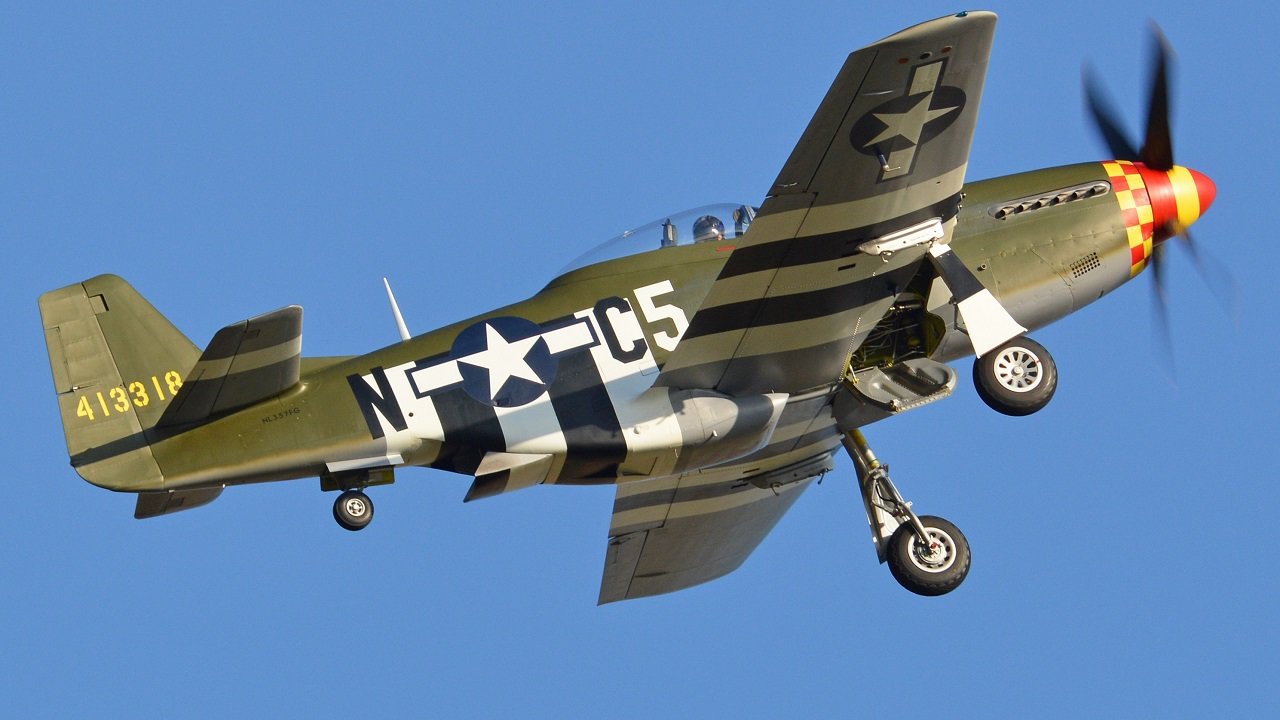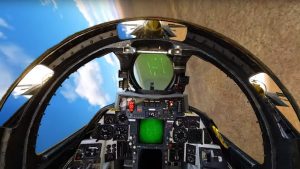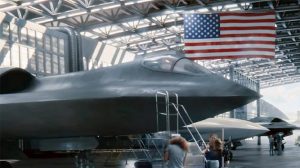Despite being obsoleted by the Jet Age, the P-51D would perform excellently in the Korean War.

P-51D. Image Credit: Creative Commons.
“So what was it about the P-51D that made it such a formidable fighter?”
Which combat aircraft do you think is the best of all time? As I type this, Knowing that some readers will want to throw tomatoes at me because of my response, I am preparing myself mentally: the North American P-51 Mustang, specifically the P-51D Mustang. Regardless of my answer, it is a highly subjective matter bound to stir up controversy. Unfortunately, the Mustang’s air-to-air kill ratio is nowhere near as impressive as the 104:0 of the F-15 Eagle, the 135:4 of the F-14 Tomcat (sorry, Top Gun lovers), or the 76:1 of the F-16 Fighting Falcon.
With all due respect to those magnificent fighters and their aircrews, however, none of those more recent jet jockeys played a victorious role in a conflict of such absolute enormity as WWII. Hence the P-51 Mustang wins.
Competitors for the WWII Crown
“Whoa there, Chris; if you’re going to put winning ‘Dubya-Dubya Two’ as your standard, what about the (insert favourite warbird here)?” say those who prefer other WWII fighter planes. Many of them have valid points, and they do so in the interest of being “fair and balanced” (to paraphrase Fox News).
Major Richard “Dick” Bong, the United State’s all-time leader in aerial victories, flew the P-38 Lightning.
Francis “Gabby” Gabreski and Robert S. Johnson, two of America’s finest aces in the European Theater, both flew the P-47 Thunderbolt, commonly known as “The Flying Bathtub” or “The Jug,” due to the aircraft’s unrivaled record for enduring horrific abuse and still flying home safely.
Commander David McCampbell, the top ace in the United States Navy, flew an F6F Hellcat during the Battle of Leyte Gulf and scored a record-breaking nine kills in one day. It allowed the United States to win air superiority over the dreaded Japanese Zero.
Others may make compelling cases for the Corsair F4U (Black Sheep Squadron, anyone? ), the P-40 (Flying Tigers, anyone? ), etc.
The P-51 Mustang, however, was the only aircraft to truly alter the course of “The Big One” during that time.
Hermann Goering, Reichsmarschall and Luftwaffe chief of staff, was said to have said, “The day I spotted Mustangs over Berlin, I knew the jig was up.”
Nonetheless, it is important to note that when discussing the achievements of the Mustang, the D model is being discussed. Even though the P-51 Mustang “would go down in history as possibly the best operational piston-engined fighter ever built,” as my 1945 coworker Peter Suciu puts it, “and was able to provide long-range escort to U.S. heavy bombers that could then take war to the very heart of Nazi Germany,” it didn’t initially impress.
Mr. Suciu elaborates, “The Mustang entered service with the RAF in 1942, and it was scarcely an instant success. The Allison V-1710 liquid-cooled engine on the aircraft was not ideal for use at high altitudes. Because of this, they mostly used the plane for armed tactical reconnaissance.
The P-51D’s “teardrop” or “bubble” canopy fixed the poor rearward visibility of earlier models, and its more powerful Rolls-Royce Merlin engine improved its performance at high altitudes.
Because of these improvements and the three Browning. 50-caliber machine guns on each wing, the Mustang’s reputation took off (bad pun intended).
For the reasons stated earlier, the Mustang allowed the B-17 Flying Fortress and B-24 Liberator to continue flying their joyous precision bombing missions far into Germany without suffering horrific casualties at the hands of the Luftwaffe.
Similarly, P-51D pilots in the Pacific Theater of Operations were instrumental in escorting B-29 Superfortresses on their bombing runs over Japan.
Over 250 Mustang pilots were designated as aces, and the aircraft was responsible for an average of 7.69 air-to-air kills per 100 sorties.
Chuck Yeager, who would later break the sound barrier, was the most famous of these pilots. He amassed 11.5 victories, including 5 in a single day to attain “ace in a day status,” and he was the first person to shoot down an enemy aircraft—a Messerschmitt 262 Schwalbe (“Swallow”) jet.
Here I will admit to my own sentimental personal bias in favor of the P-51: when I was 11 years old in 1986, I built a Monogram 1:48 scale P-51D. At the same time, I was reading Yeager’s best-selling autobiography, being enthralled by Chuck’s WWII exploits, and especially getting a kick out of how he described opening up a Messerschmitt 109 during a shootdown: (paraphrasing) “Man,
Extending the P-51D’s Wartime Legacy
Despite being made obsolete by the Jet Age—specifically, by the MiG-15 fighters flown by the enemy and the F-86 Sabre, It was the backbone of the American air force during the war—the P-51D would go on to serve brilliantly in the Korean War.
Even though the final P-51 was withdrawn from the U. S. Air Force in 1978, the magnificent Mustang remained in service with the Dominican Republic Air Force until 1984.
Thanks to private collectors and restoration specialists, some 175 Mustangs are still in the air today, while another 100 are on exhibit in museums worldwide.






